List of Top 10 OpenSource Databases
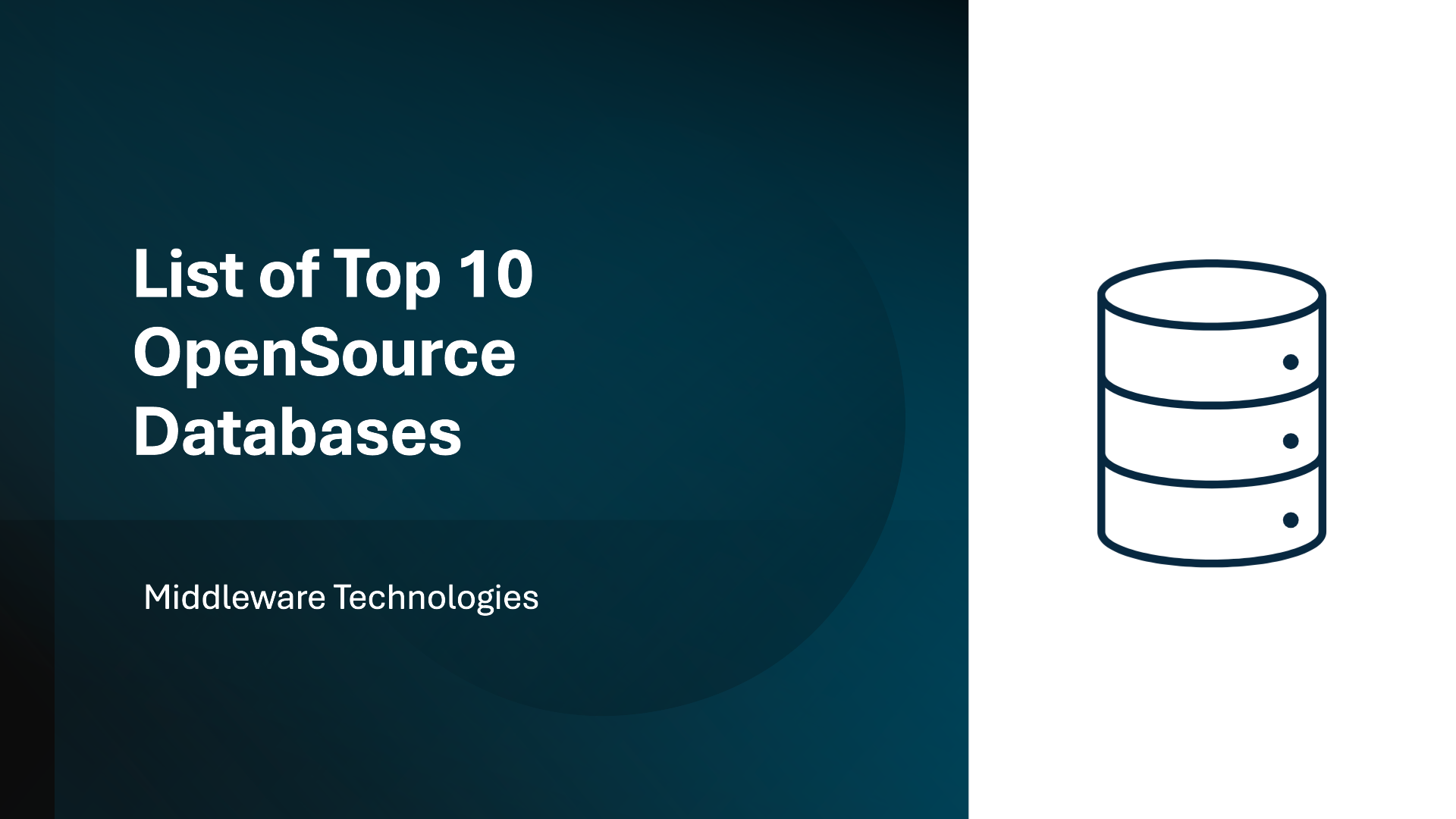
There are different types of database based on the type of data that we want to store. Here is the list of top 10 opensource databases.
MySQL
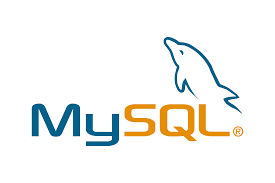
MySQL is a popular open-source relational database management system (RDBMS) widely used in web applications. Here’s a breakdown of its pros and cons:
Pros:
- Open-Source: It’s free to use and distribute, making it a cost-effective solution.
- Community Support: A large and active community provides extensive documentation, tutorials, and support forums.
- Ease of Use: Relatively easy to learn and implement, especially for those familiar with SQL.
- High Performance: Can handle high-traffic applications and large datasets efficiently.
- Platform Independence: Runs on various operating systems, including Windows, Linux, and macOS.
- Scalability: Can be scaled horizontally to handle increasing workloads.
- Security: Offers robust security features, such as user authentication, access control, and encryption.
Cons:
- Complexity for Large-Scale Applications: While it can handle large datasets, complex data models and high-concurrency scenarios can become challenging.
- Performance Limitations: May encounter performance bottlenecks under heavy load, especially with complex queries and large transactions.
- Limited Advanced Features: Compared to some other RDBMS, it may lack certain advanced features, such as advanced analytics and data warehousing capabilities.
- Data Consistency: Can be susceptible to data consistency issues if not managed carefully, especially in distributed environments.
Ideal Use Cases:
- Web Applications: E-commerce, content management systems, and social media platforms.
- Small to Medium-Sized Businesses: For database-driven applications with moderate data volumes.
- IoT Applications: For collecting and storing sensor data.
- Gaming: For storing player data, game statistics, and leaderboard information.
Overall, MySQL is a reliable and versatile database solution that is well-suited for a wide range of applications. However, for extremely large-scale and complex data environments, other database systems may be more appropriate.
PostgreSQL

PostgreSQL is a powerful, open-source object-relational database system known for its robustness, scalability, and advanced features. Here’s a breakdown of its pros and cons:
Pros:
- Open-source: Free to use and distribute, making it a cost-effective solution.
- Active Community: A large and active community provides extensive support, documentation, and third-party extensions.
- ACID Compliance: Guarantees data consistency, isolation, durability, and atomicity, ensuring reliable transactions.
- Advanced Features: Offers a wide range of advanced features, including:
- Full-text search
- Geospatial data types and indexing
- Foreign data wrappers
- Triggers and stored procedures
- Scalability: Can handle large datasets and high-traffic applications.
- Security: Robust security features, such as role-based access control, encryption, and authentication.
- Extensibility: Allows users to create custom data types, operators, and functions.
Cons:
- Steeper Learning Curve: Compared to MySQL, it has a more complex configuration and administration process.
- Performance Overhead: Can be less performant than some other RDBMS, especially in high-concurrency scenarios.
- Resource Intensive: Requires more system resources (CPU, memory) compared to simpler databases.
Ideal Use Cases:
- Complex Data Models: Applications with intricate data relationships and specific data types.
- Geospatial Applications: Mapping, GIS, and location-based services.
- Data Warehousing and Business Intelligence: Analyzing large datasets and generating reports.
- Real-time Analytics: Processing and analyzing data streams in real-time.
Overall, PostgreSQL is a powerful and flexible database system that is well-suited for a wide range of applications. Its advanced features, reliability, and scalability make it a popular choice for organizations that require a robust and feature-rich database solution.
SQLite
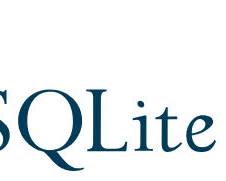
SQLite is a lightweight, serverless, self-contained, high-reliability, embedded, SQL database engine. It’s often used in embedded systems and mobile devices due to its simplicity and ease of use.
Pros:
- Self-Contained: Doesn’t require a separate server process, making it easy to deploy and manage.
- Zero-Configuration: No complex setup or administration is needed.
- Fast and Efficient: Offers excellent performance, especially for read-heavy workloads.
- Reliable: ACID-compliant, ensuring data integrity and consistency.
- Portable: Can run on various platforms, including Windows, macOS, Linux, and mobile devices.
- Secure: Supports encryption to protect sensitive data.
- Open-Source: Free to use and modify.
Cons:
- Single-User Access: Not designed for concurrent access by multiple users, making it unsuitable for high-traffic applications.
- Limited Scalability: Not as scalable as traditional client-server databases.
- Complex Queries Can Be Slow: While fast for simple queries, complex queries can impact performance.
- Lack of Advanced Features: May not offer the same level of advanced features as other database systems, such as advanced analytics and data warehousing.
Ideal Use Cases:
- Mobile Apps: Local data storage for offline functionality.
- Embedded Systems: Storing configuration data and logs.
- Desktop Applications: Saving user preferences and settings.
- Testing and Prototyping: Rapid development and testing of database-driven applications.
In conclusion, SQLite is a powerful and versatile database engine that’s ideal for small-scale applications and embedded systems. However, for large-scale, high-traffic applications, a more robust database system like PostgreSQL or MySQL may be a better choice.
MariaDB
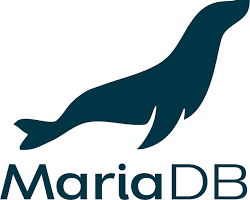
MariaDB is a popular open-source relational database management system (RDBMS) that is often considered a more advanced and performant alternative to MySQL. Here’s a breakdown of its pros and cons:
Pros:
- Open-source: Free to use and distribute, making it a cost-effective solution.
- High Performance: Known for its speed and efficiency, especially compared to MySQL.
- MySQL Compatibility: Highly compatible with MySQL, making it easy to migrate existing applications.
- Advanced Features: Offers a variety of advanced features, including:
- Galera Cluster for high availability and scalability
- ColumnStore storage engine for analytical workloads
- JSON data type support
- Active Community: A large and active community provides extensive support and resources.
- Security: Robust security features, including encryption and access control.
Cons:
- Steeper Learning Curve: While it’s relatively easy to use, some advanced features may require more technical expertise.
- Limited Ecosystem: Compared to MySQL, it may have a smaller ecosystem of tools and services.
- Compatibility Issues: While highly compatible with MySQL, there may be occasional compatibility issues with specific applications or libraries.
Ideal Use Cases:
- Web Applications: E-commerce, content management systems, and social media platforms.
- High-Traffic Websites: Handles large numbers of concurrent users and requests.
- Data Warehousing and Business Intelligence: Analyzing large datasets and generating reports.
- Real-time Analytics: Processing and analyzing data streams in real-time.
Overall, MariaDB is a powerful and versatile database system that offers many advantages over traditional MySQL. It’s particularly well-suited for high-performance, scalable applications.
Apache Cassandra
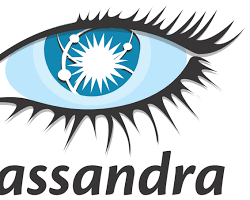
Apache Cassandra is a highly scalable, distributed NoSQL database designed to handle massive amounts of structured data across multiple data centers. Here are its pros and cons:
Pros:
- High Scalability: Cassandra can scale horizontally to handle massive datasets and high traffic loads.
- High Availability: Its distributed architecture ensures high availability, even in the event of node failures.
- Linear Scalability: Adding more nodes to a Cassandra cluster can linearly increase its capacity.
- Strong Consistency: Cassandra offers tunable consistency levels to balance performance and data integrity.
- Fast Writes: It excels at handling high write workloads, making it ideal for real-time applications.
- Flexible Data Model: Its flexible schema allows for easy adaptation to changing data requirements.
- Open-source: It’s free to use and modify, with a large and active community.
Cons:
- Complex Setup: Setting up and managing a Cassandra cluster can be complex.
- Limited Query Flexibility: Cassandra’s query language, CQL, is less flexible than SQL, making it challenging to perform complex queries.
- Eventual Consistency: Cassandra’s eventual consistency model can sometimes lead to data inconsistencies, particularly in high-write scenarios.
- High Hardware Requirements: It requires significant hardware resources, including powerful servers and ample storage.
- Steeper Learning Curve: Mastering Cassandra’s data model and query language can take time and effort.
Ideal Use Cases:
- Time-Series Data: Storing and analyzing time-series data, such as sensor data or financial data.
- Real-time Analytics: Processing and analyzing data streams in real-time.
- Internet of Things (IoT): Handling large volumes of data from IoT devices.
- Social Media: Storing user profiles, posts, and comments.
- Clickstream Analytics: Analyzing user behavior and website traffic.
Overall, Cassandra is a powerful and scalable NoSQL database that is well-suited for handling large-scale, high-performance applications. However, its complexity and limitations in terms of query flexibility should be carefully considered before adopting it.
Redis
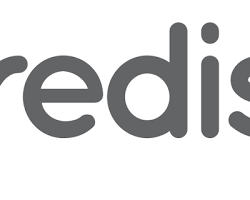
Redis is an in-memory data store often used as a database, cache, and message broker. Here’s a breakdown of its pros and cons:
Pros:
- High Performance: Redis is incredibly fast, making it ideal for applications that require low-latency responses.
- Flexible Data Structures: Offers a variety of data structures, including strings, hashes, lists, sets, and sorted sets, to accommodate different use cases.
- Data Persistence: Supports persistence mechanisms like snapshots and append-only files to ensure data durability.
- Rich Feature Set: Provides features like pub/sub messaging, transactions, and Lua scripting for complex operations.
- Scalability: Can be easily scaled horizontally to handle increasing workloads.
- Open-Source: Free to use and modify, with a large and active community.
Cons:
- In-Memory Storage: Relies on memory, which can limit the amount of data it can store.
- Complex Configuration: Requires careful configuration to optimize performance and reliability.
- Limited Query Capabilities: While powerful, its query language is less flexible than SQL-based databases.
- Data Loss Risk: In the event of a power outage or system crash, data loss can occur if persistence mechanisms are not configured correctly.
- High Memory Usage: Can consume significant amounts of memory, especially for large datasets.
Ideal Use Cases:
- Caching: Caching frequently accessed data to improve application performance.
- Session Storage: Storing user session data.
- Real-time Analytics: Processing and analyzing data streams in real-time.
- Message Brokering: Implementing message queues and pub/sub systems.
- Leaderboards and Rankings: Storing and updating real-time rankings and leaderboards.
- Rate Limiting: Implementing rate limiting to control the frequency of requests.
Redis is a powerful tool for a variety of use cases, but it’s important to understand its limitations and choose it wisely based on your specific needs.
Neo4j
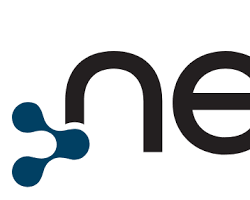
Neo4j is a popular graph database that excels at handling complex relationships between data. Here’s a breakdown of its pros and cons:
Pros:
- Native Graph Data Model: It’s designed specifically for graph data, making it efficient for querying and analyzing relationships.
- Flexible Schema: Neo4j’s schema-less nature allows for dynamic and evolving data models.
- Powerful Query Language (Cypher): Cypher is a declarative language that makes it easy to express complex graph queries.
- High Performance: Neo4j is optimized for graph traversals and pattern matching, making it ideal for real-time analytics.
- Scalability: It can scale horizontally to handle large datasets and high traffic loads.
- Active Community: A strong and active community provides support, libraries, and tools.
- Visualization Capabilities: Neo4j offers powerful visualization tools to help understand complex relationships.
Cons:
- Steeper Learning Curve: While Cypher is relatively easy to learn, mastering it and optimizing complex queries can require some effort.
- Performance Considerations: Complex queries or large datasets can impact performance, especially without proper indexing.
- Limited SQL Support: While Neo4j supports a subset of SQL, it’s primarily designed for graph-specific queries.
- Vendor Lock-in: While it’s open-source, there can be some vendor lock-in due to proprietary extensions and tools.
Ideal Use Cases:
- Recommendation Systems: Analyzing user behavior and preferences to suggest relevant products or content.
- Fraud Detection: Identifying patterns of fraudulent activity in complex networks.
- Network Analysis: Analyzing social networks, infrastructure networks, or knowledge graphs.
- Supply Chain Optimization: Optimizing complex supply chains and logistics networks.
- Master Data Management: Managing complex relationships between entities and their attributes.
In conclusion, Neo4j is a powerful tool for managing and analyzing complex relationships in data. While it has a steeper learning curve and potential performance challenges, its strengths in graph data modeling and querying make it a valuable asset for many applications.
CockroachDB

CockroachDB is a distributed SQL database that combines the scalability of NoSQL databases with the consistency and ACID compliance of traditional relational databases. Here’s a breakdown of its pros and cons:
Pros:
- Strong Consistency: Offers strong consistency guarantees, ensuring data integrity and preventing data loss.
- Scalability: Can scale horizontally to handle increasing workloads.
- High Availability: Provides high availability and fault tolerance through its distributed architecture.
- SQL Compatibility: Supports SQL, making it familiar to developers and easier to migrate existing applications.
- Geo-Distribution: Can be deployed across multiple data centers to improve performance and disaster recovery.
- Time Travel: Enables querying historical data, making it useful for auditing and analytics.
- Open-Source: Free to use and modify, with a large and active community.
Cons:
- Complexity: Setting up and managing a CockroachDB cluster can be complex.
- Performance Overhead: Can be less performant than simpler databases, especially for read-heavy workloads.
- Higher Resource Requirements: Requires significant hardware resources, including powerful servers and ample storage.
- Steeper Learning Curve: Mastering CockroachDB’s architecture and features can take time and effort.
Ideal Use Cases:
- Mission-Critical Applications: Where data consistency and reliability are paramount.
- Global Applications: Distributed applications that need to serve users worldwide.
- Financial Services: For applications that require strong consistency and high availability.
- IoT Applications: Handling large volumes of data from IoT devices.
- Real-time Analytics: Processing and analyzing data streams in real-time.
CockroachDB is a powerful and versatile database that is well-suited for a wide range of applications. Its strong consistency, scalability, and geo-distribution capabilities make it a compelling choice for mission-critical systems. However, its complexity and higher resource requirements should be carefully considered.
CouchDB

CouchDB is a NoSQL document database that uses JSON documents and stores them in a distributed fashion, making it highly available and scalable. Here’s a breakdown of its pros and cons:
Pros:
- Scalability: Easily scales horizontally to handle increasing data volumes and traffic.
- High Availability: Distributed architecture ensures high availability and fault tolerance.
- Flexible Data Model: Uses JSON documents, allowing for flexible and dynamic data structures.
- Easy to Use: Simple RESTful API for interacting with data.
- Conflict Resolution: Built-in conflict resolution mechanisms to handle concurrent updates.
- Full-Text Search: Supports full-text search capabilities.
Cons:
- Limited Query Capabilities: Less powerful than SQL-based databases for complex queries.
- Eventual Consistency: Data consistency can be weaker than traditional relational databases, especially in high-write scenarios.
- Steeper Learning Curve: While the RESTful API is simple, understanding the underlying concepts of document databases can be challenging.
- Performance Considerations: Can be less performant than traditional relational databases for certain types of queries.
Ideal Use Cases:
- Document-Centric Applications: Applications that store and retrieve large documents, such as content management systems and wikis.
- Real-time Collaboration: Applications that require real-time collaboration and updates.
- IoT Data Storage: Storing and analyzing data from IoT devices.
- Mobile and Web Applications: Providing offline capabilities and data synchronization.
CouchDB is a powerful and flexible database that is well-suited for a variety of applications. Its distributed nature, scalability, and ease of use make it a popular choice for many developers. However, its limitations in terms of query capabilities and eventual consistency should be carefully considered.
MongoDB
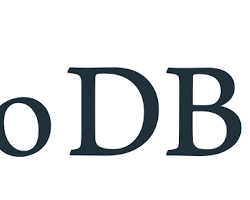
MongoDB is a popular NoSQL document database that stores data in flexible JSON-like documents, making it easy to scale and adapt to changing data structures. Here’s a breakdown of its pros and cons:
Pros:
- Flexible Data Model: Uses a flexible schema, allowing for dynamic data structures.
- High Performance: Can handle high-write workloads and large datasets efficiently.
- Scalability: Easily scales horizontally to handle increasing data volumes and traffic.
- Rich Query Language: Powerful query language for complex data queries.
- High Availability: Provides high availability and fault tolerance.
- Full-Text Search: Supports full-text search capabilities.
- Geospatial Indexing: Enables efficient geospatial queries.
Cons:
- Limited ACID Compliance: While it supports ACID transactions for specific use cases, it’s not as strong as traditional relational databases.
- Complexity: Can be more complex to manage than traditional relational databases.
- Performance Considerations: Complex queries and large datasets can impact performance.
- Vendor Lock-in: While open-source, there can be some vendor lock-in due to proprietary extensions and tools.
Ideal Use Cases:
- Web Applications: Storing user profiles, content, and other dynamic data.
- Mobile Applications: Providing offline functionality and data synchronization.
- Real-time Analytics: Processing and analyzing data streams in real-time.
- IoT Data Storage: Storing and analyzing data from IoT devices.
- Content Management Systems: Storing and managing large amounts of content.
MongoDB is a powerful and versatile database that is well-suited for a wide range of applications. Its flexible data model, high performance, and scalability make it a popular choice for many developers. However, its limitations in terms of ACID compliance and query complexity should be carefully considered.
Leave a Reply
You must be logged in to post a comment.